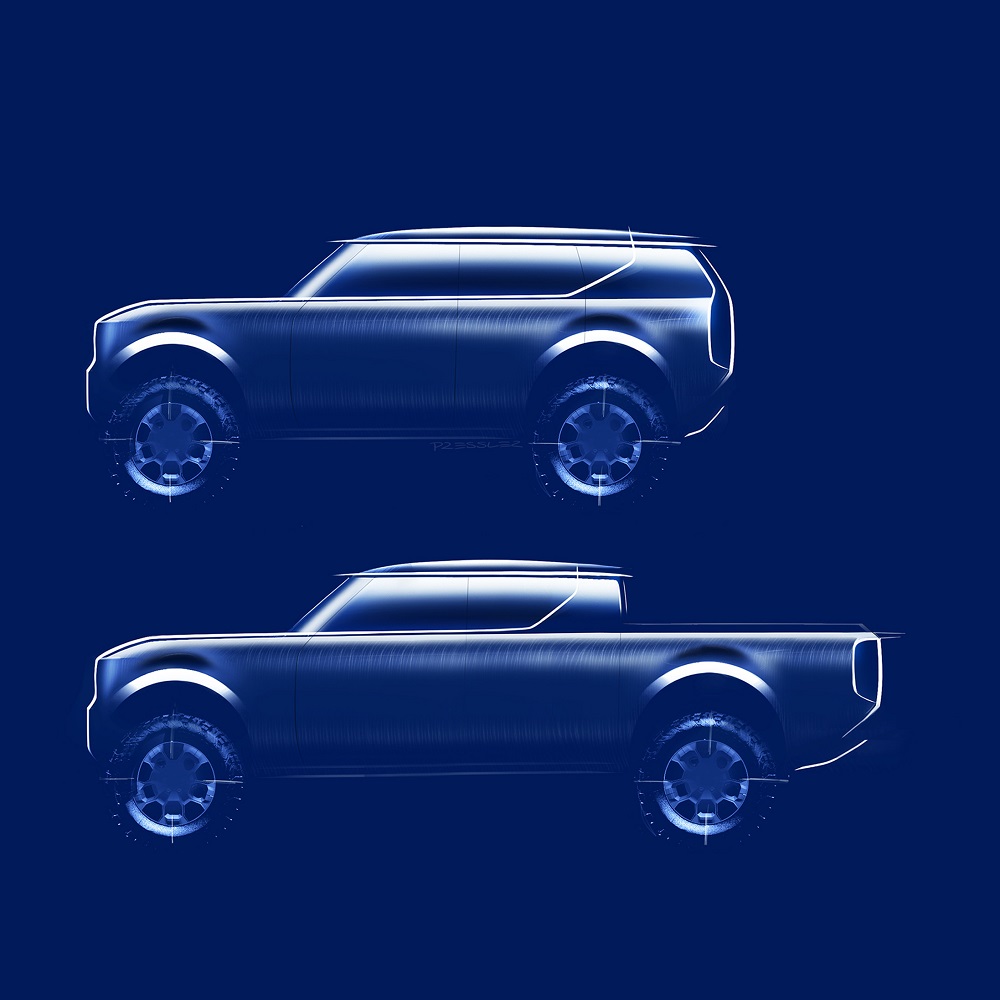NEW YORK, March 17 ― Like a number of high-end German carmakers, BMW has thus far tested demand for vehicles with greener credentials with special premium models, most notably the ingenious i8 supercar. However, the X5 xDrive40e will be the first model in an existing range to be offered as a hybrid.
The X5 is currently BMW's biggest SUV, or as it prefers to call it, SAV (Sports Activity Vehicle), and once it's made its debut at the New York Auto Show in April, it will become the company's first ‘core brand' hybrid production car to go on sale.
The car pairs a 2-litre, four-cylinder turbocharged gas engine with an electric motor for a combined power output of 309bhp, a 0-100km/h time of 6.8 seconds and an electronically limited top speed of 131mph (210km/h). So it won't get stuck in traffic and, thanks to the immediate torque delivery that comes from an electric motor, it shouldn't get stuck in a muddy field, either.
But those who are going to have their heads turned by a hybrid aren't usually focused on outright turn of speed; rather they're concerned with a car's thirst and its emissions.
BMW's figures say that this big, permanent four-wheel-drive vehicle is capable of returning between 83.1 and 85.6mpg, or 3.4-3.3l/100km and that it emits between 77 and 78g per km of CO2, based on the rolling resistance of the tire set-up.
However, because it is a full plug-in hybrid, with an electric-only range of 19 miles (31km) it's possible to drive this car, around the city at least, without burning any fossil fuels (in the engine's combustion chambers, at least). BMW says that when plugged in it should also recharge in less than three hours ― so commuting if you have a parking space and access to a charging point could be undertaken potentially on just electric power.
The car can be driven in three distinct modes. Full electric (called Max eDrive) offers a 120km/h (75mph) limited top speed and no help from the gas engine. Both engines can also run together (Auto eDrive), this setting uses the electric motor to boost gas performance and fill in the gaps in acceleration and responsiveness when the turbochargers are still spinning up and are not yet on boost. The final setting is a battery saving mode which uses the gas engine as a generator, charging up the battery and extending its range.
In fact, the only catch is that BMW had to find somewhere to put the battery pack and so there is slightly less space in the trunk of this X5, compared with its straightforward gas or diesel counterparts.
Although not shy of experimenting with and developing hybrid technology, BMW is some way behind its closest direct competitors ― Audi and Porsche ― at bringing it to its SUV range. However, BMW doesn't have the collective resources or industry power of the Volkswagen Group behind it. ― AFP-Relaxnews






















